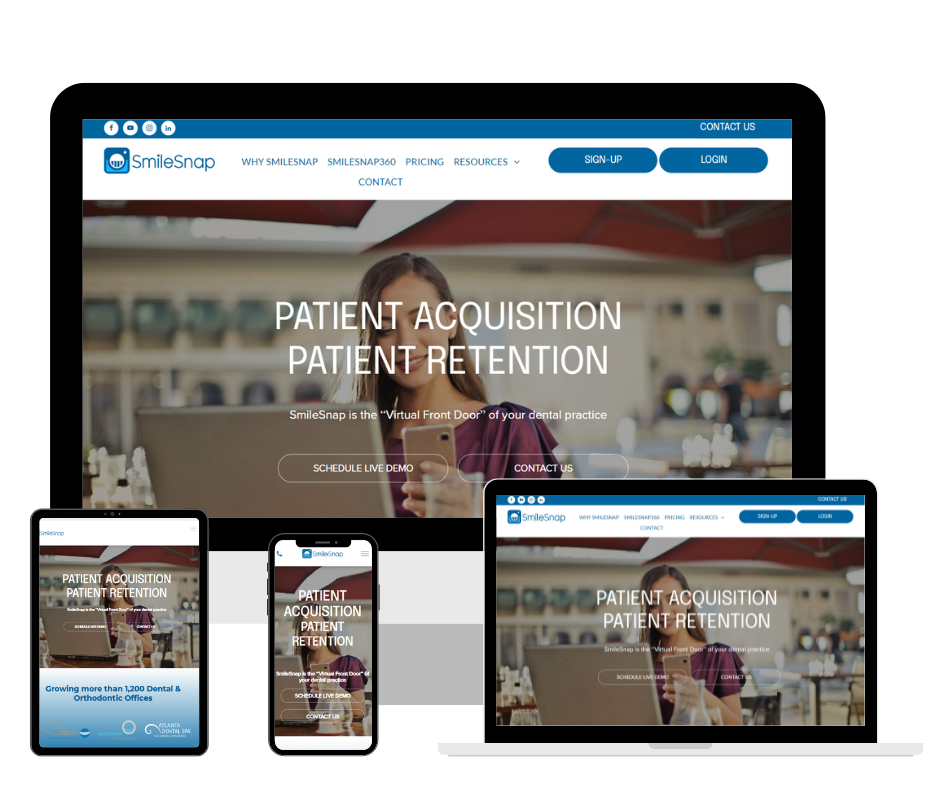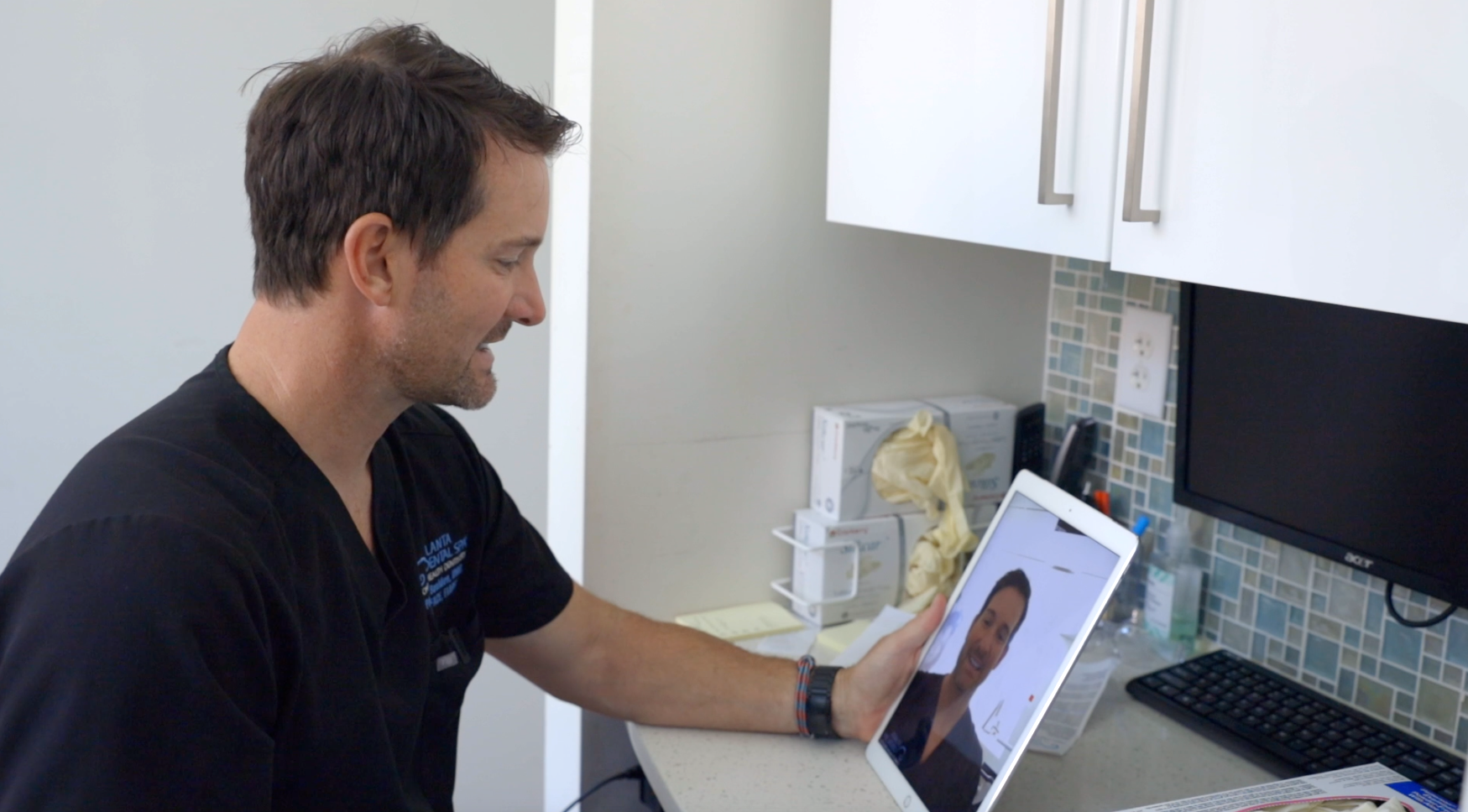How Virtual Consultations are Revolutionizing Dental Practices
Kenner Medina • January 21, 2025

In today's fast-paced world, technology is constantly changing the way we do things, and the field of dentistry is no exception. With the rise of telehealth, virtual consultations are revolutionizing dental practices, making it easier and more convenient for both patients and providers to connect and communicate.
One of the key benefits of virtual consultations for dental practices
is the increased accessibility it provides to patients. By offering virtual appointments, dental offices can reach a wider audience and reduce barriers to care for those who may have difficulty traveling to a traditional office. This can be especially beneficial for patients in rural areas or those with mobility issues.
In addition to improving patient access, virtual consultations also help streamline operations for dental offices. By conducting initial consultations online, dentists can efficiently gather information and determine the best course of treatment before the patient even sets foot in the office. This not only saves time for both the patient and the provider but also allows for more efficient use of resources.
To illustrate the impact of virtual consultations on dental practices, let's take a look at some real-world examples. One such example is SmileSnap, a platform that allows patients to upload photos and information about their dental concerns before meeting with a dentist virtually. This not only saves time during the appointment but also allows for more personalized care and treatment planning.
In conclusion, virtual consultations are revolutionizing dental practices by improving patient access, streamlining operations, and providing more personalized care. As technology continues to advance, we can expect to see even more innovative solutions that will further enhance the patient experience and the efficiency of dental offices.
Sign Up for SmileSnap Today!
Register for Smilesnap Now!

One of the biggest mistakes practices make is relying on just one communication channel. Prospects differ—some prefer texting, others email, some want a quick video message. SmileSnap supports multiple channels, so you can reach leads where they’re most comfortable. When a new lead is captured, you can trigger a mix of messages—SMS, email, video — to reinforce engagement. For instance, if someone doesn’t respond to an email, the system can send an SMS reminder. You can also use video replies to add a human touch and build rapport instantly. Because responsiveness matters so much, this flexibility often increases reply rates and helps move leads toward booking. By logging all communications, your team always has context and avoids duplication. You eliminate “dead ends” where a prospect falls through because you used only one method. The result is a more connected, patient-friendly experience—and higher conversion rates .

The hardest step is turning a lead into a booked patient. SmileSnap’s tools are built to make that path as frictionless as possible. After capturing and prequalifying a lead, your team can send tailored content to build confidence and reduce hesitation. Whether it’s FAQs, treatment previews, or personalized videos, you control the nurture flow. You can also integrate scheduling so that once a prospect is ready, they can book directly, avoiding back-and-forth phone calls. Smart reminders and gentle nudges help reduce drop-offs. Because many practices using SmileSnap report conversion rates above 90%, the data shows this approach works. The conversion process becomes more scalable: rather than trying to manually manage every lead, the system does much of the heavy lifting. With analytics available, you can see which messages, timing, or lead sources convert best—and double down on what works. SmileSnap helps you convert more leads into patients with less manual effort.
